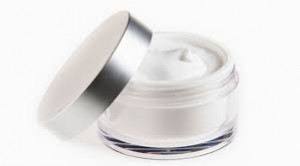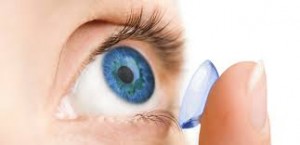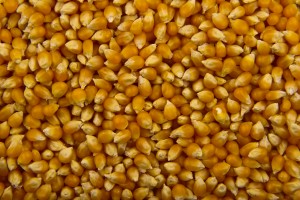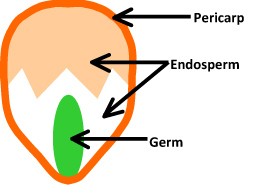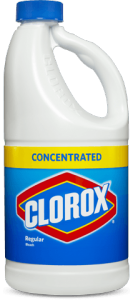Sweating is a normal bodily function. Sweating allows toxins to be released from the body and cool the body down when it overheats, like during exercise. If you’re like me you don’t just sweat during exercise or when its super hot out. I find that I get sweaty when I get nervous. I consulted some of my friends to see if I was the only one who had that problem. I found that many of them agreed that they sweat when they get nervous, but why? 
When a person gets anxious or nervous their primal instincts kick in and the body’s fight-or-flight response is triggered. What is the fight or flight response? Also known as the acute stress response or hyperarousal, it is a physiological reaction. The fight-or-flight response reacts to a stressful, harmful, or terrifying, attack, event, or threat. Described by Walter Bradford Cannon, the fight or flight response was originally recognized as a theory that animals responded to threats with a general discharge of the sympathetic nervous system. But eventually the response developed recognition as the first stage of a general adaption syndrome. Triggered by a release of hormones, it is meant to let your body know to get away from the threat or address it.

As part of the fight-or-flight response, adrenal glands release catecholamines, or stress hormones, into the body. The adrenal gland is is controlled by the hypothalamus. Part of the autonomic nervous system, the hypothalamus signals to the adrenal gland to release hormones. One of these hormones being epinephrine, also known as adrenaline. Being nervous prompts a release of adrenaline into your body, activating sweat glands. There are two types of sweat glands that are triggered, the apocrine and eccrine. The apocrines are found around armpits and genitals. Apocrine glands produce a thicker, stickier sweat that is made up of proteins and lipids. The eccrine glands are located all over your body. These produce a sweat that is made of water and salt. As a result of these sweat glands being activated, your body’s heart rate, blood pressure, and breathing all increase.

So now that I know why I sweat when I get nervous, how can I stop it? Deep breathing is a highly recommended technique to reduce stress and nervous sweating. It helps to cool the body down and stop sweat. Also wearing loosely fitted clothes and keeping your hands out of pockets will help to slow down the amount of sweat being produced.
Sweating under pressure can affect some people more than others. It all depends on how well an individual can stay calm. Once the threat or event that has triggered the response is gone, it takes the body from 20 to 60 minutes to return to normal levels or prearousal.
While sweating under pressure is a normal physiologically explained occurrence, it is not to be confused with excessive sweating. Excessive sweating is a common disorder also known as hyperhidrosis. People with hyperhidrosis sweat an excessive amount through their underarms, palms, or soles of their feet. It can be triggered by anxiety and there is treatment for it.
Sources:
https://www.psychologistworld.com/stress/fightflight.php
http://health.howstuffworks.com/wellness/men/sweating-odor/anxiety-cause-underarm-sweat.htm
http://www.menshealth.com/health/how-to-stop-nervous-sweating
http://www.calmclinic.com/anxiety/symptoms/sweating
http://www.medicinenet.com/hyperhidrosis/article.htm
http://www.active.com/fitness/articles/why-do-you-sweat
https://www.verywell.com/what-is-the-fight-or-flight-response-2795194

